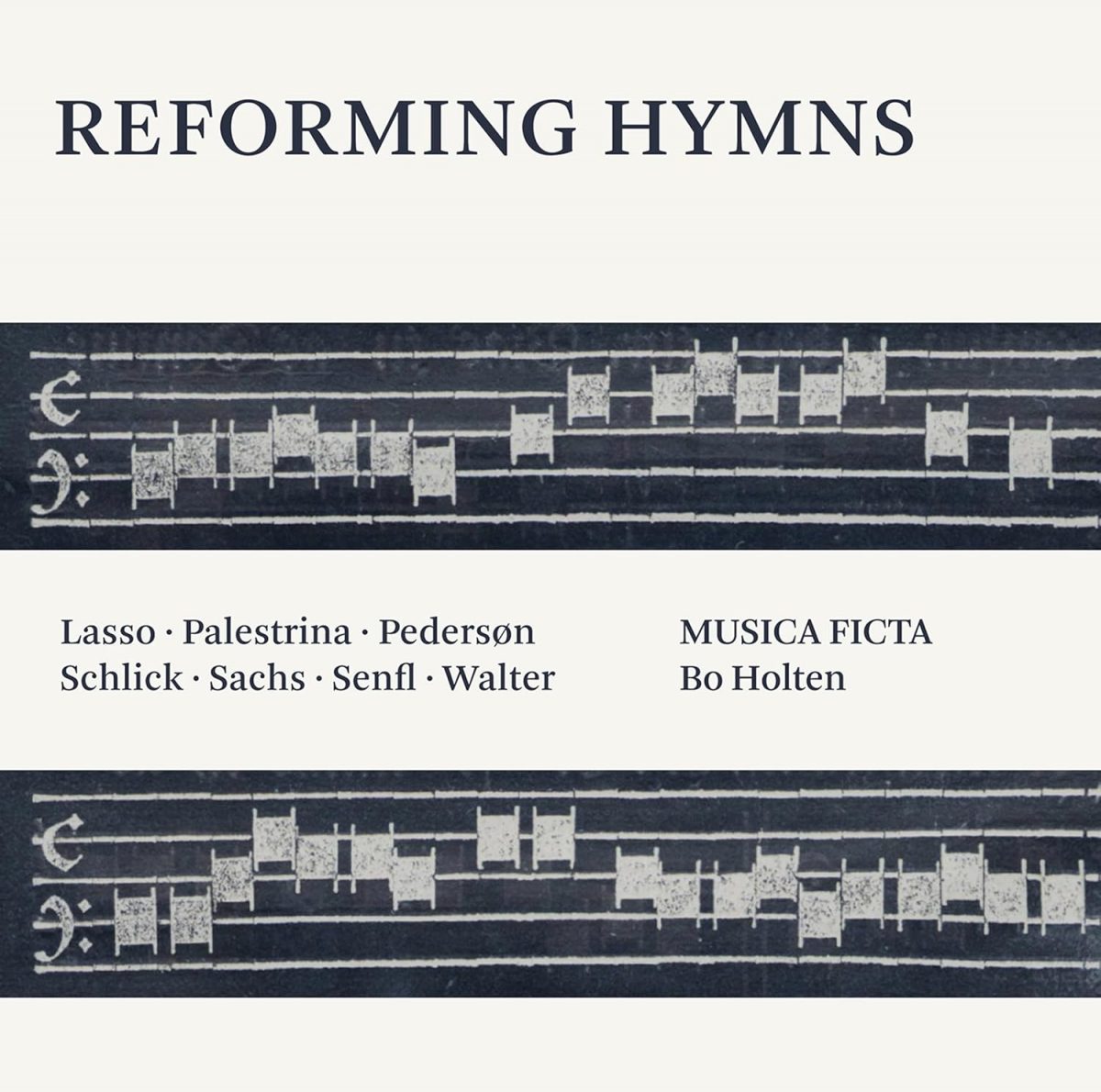Tempesta di Mare
Philadelphia Baroque Orchestra
67:25
Chandos Chaconne CHAN0829
Hats off to Tempesta di Mare and their directors for pursuing this remarkable project to record another four orchestral works by Johann Friedrich Fasch for the first time. The sound files were captured at a live concert in one of the few historical buildings in the town of Zerbst, where the composer was Kapellmeister for 36 years, to have been restored to its former glory in modern times. The event marked their receipt of the Fasch-Preis der Stadt Zerbst which is awarded at every Fasch Festival to someone (a musicologist, a musician, or a group) who has made significant contributions to the cause of promoting his music.
With three discs of premieres already under their belt, this time they present two orchestral suites, a violin concerto and one of his sinfonie. The suites – the instrumental form in which Fasch was most prodigious – both start with the tri-partite slow–fast and imitative–slow French overture. These are followed in both cases by a sequence of Bouree(s)–Gavotte(s)–Minuets, interspersed with a rich variety of Airs. Having obbligato parts for pairs of oboes and flutes, the composer has plenty of instrumental colour to play with.
It is impossible to say for whom the Violin Concerto FaWV L: G6 was written. Fasch himself was a violinist; several virtuosic concertos by his Konzertmeister and successor as Kapellmeister (though was he never given the official title!) Carl Hoeckh survive; Hoeckh was recommended to Zerbst by his former colleague, Franz Benda, who politely declined an offer of the position when he entertained the court with his playing; Johann Wilhelm Hertel was Hoeckh’s student in Zerbst in the 1740s; Fasch was a personal friend of the Dresden Konzertmeister, Johann Georg Pisendel… the list goes on. Regardless, especially in the second and third movements, it places serious demands on the technical and lyrical ability of the soloist. Typically, the concertmaster of Tempesta di Mare, Emlyn Ngai, takes all of these in his stride with flair to spare!
The opening of the first movement of the Sinfonia FaWV M: B1 is an interesting example of 18th-century notational quirks. Handily enough, the first page of the composer’s score is printed in facsimile in the booklet. The melody starts with a dotted crotchet and three semiquavers (a dotted quarter and three 16ths) which Tempesta di Mare interpret as a triplet. There are other sources for the work though, one of them a set of parts in the hand of Fasch’s friend from his Leipzig student days and mentor when the younger man undertook a journeyman tour after university and studied with him in Darmstadt where he was Kapellmeister: Christoph Graupner. In these parts, the crotchet (quarter) is tied to the first of four semiquavers (16ths), so the result is quite different; instead of being heard quickly over the fourth and eighth quavers (1/8s), the 16ths match the bass part… That academic point notwithstanding, this is as exciting a performance of the work as you are likely to hear. If my ears do not deceive me, TdM decided to add flutes to the upper part – an approach with which I have no problem, especially in the plaintive second movement where the added colour emphasizes the mood. The pseudo-fugal third movement is (as co-director Richard Stone’s typically no-nonsense booklet note explains) one of Fasch’s “signatures”; this particular movement also appears in one of the composer’s orchestral suites with oboe parts, so the involvement of woodwinds without their being indicated in the score is justified once again. I find Fasch’s “fugues” are never strict in the Bach-ian sense, but they do always have a logical shape (a trait he shares with another of his friends, Gottfried Heinrich Stölzel) and the pedal points towards the end always build the drama. The concluding minuet is reduced to a three-part texture (trebles, viola, bass): Another Fasch trademark.
I have put off reviewing this disc for several months because I didn’t want to be all gushy, just because I’m a fully-signed-up Faschist, and a great fan of TdM. The disc never fails to uplift my heart – yes, even on a gloomy winter’s day like this, so I have no hesitation whatever in recommending it to any fan of 18th-century orchestral music.
Brian Clark









